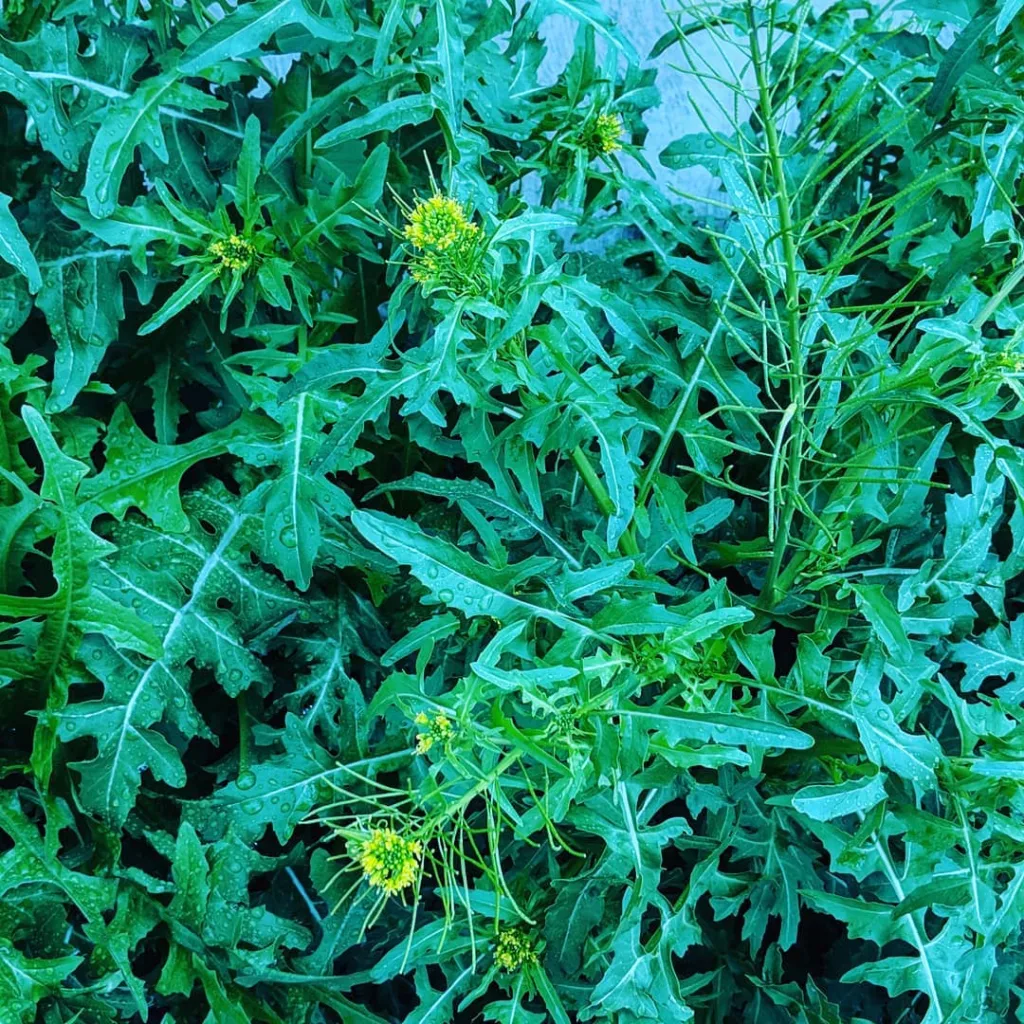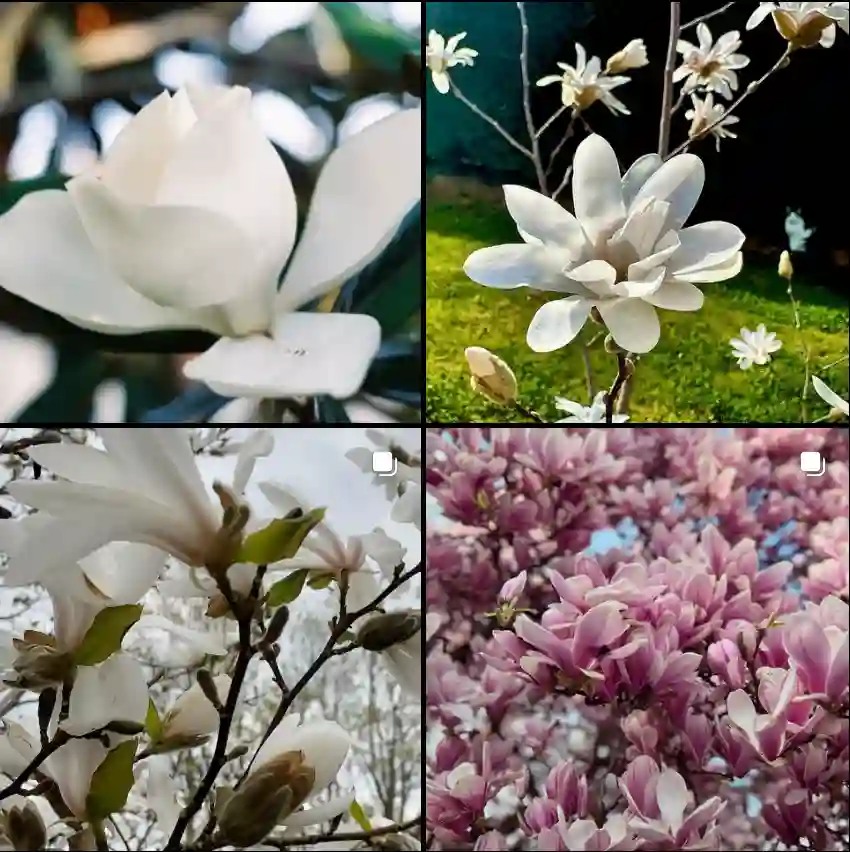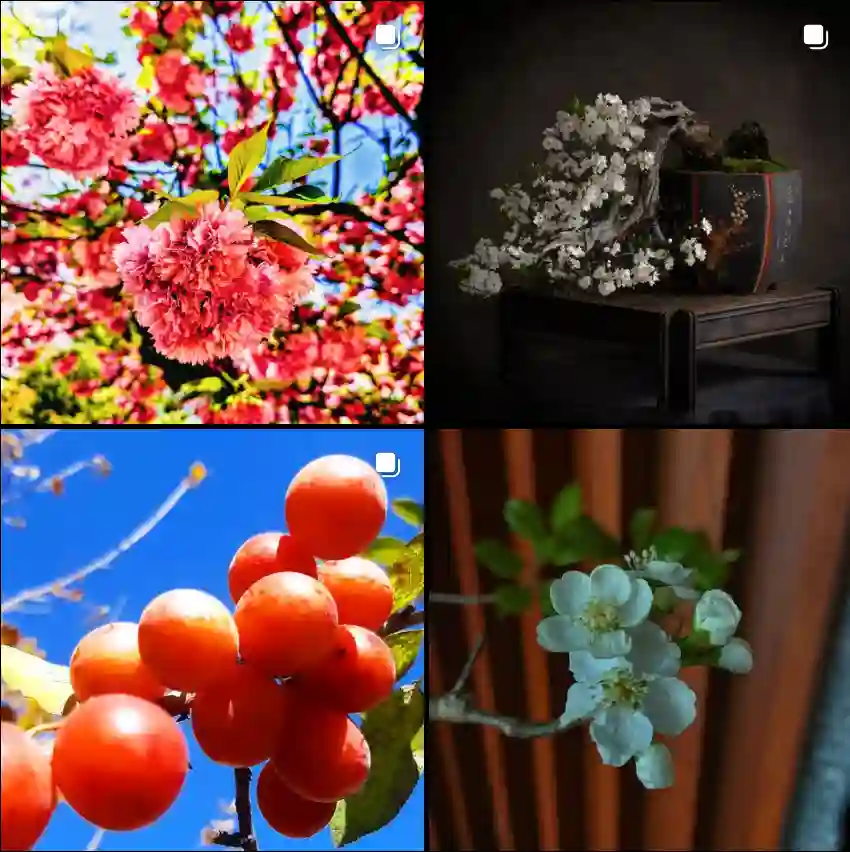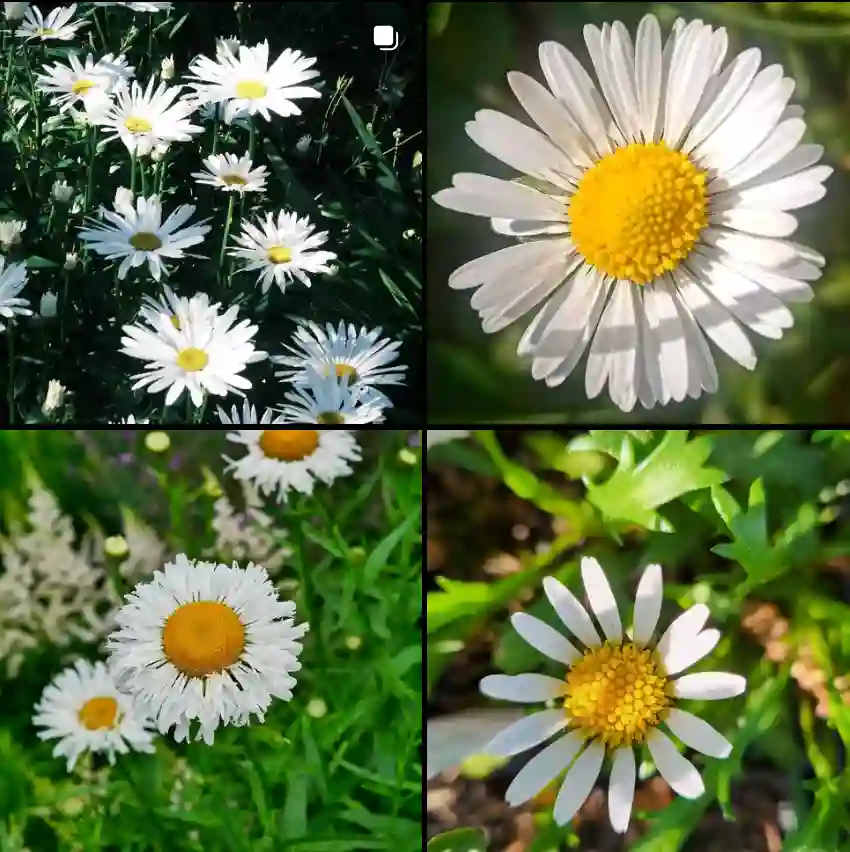Netted Chain Fern: A Gardener’s Guide to Woodwardia Areolata
Hi, I’m Ferb Vu, and I’m here to answer your questions about the fascinating Woodwardia areolata, also known as the Netted Chain Fern. This elegant fern native to eastern North America adds a touch of lush greenery to shade gardens and provides a haven for pollinators.
Whether you’re a seasoned gardener or just starting, this guide will equip you with the knowledge to cultivate this beautiful fern successfully.
What is Woodwardia Areolata?
Woodwardia areolata is a deciduous fern, meaning it loses its fronds in winter. It boasts glossy green, pinnatifid (finely divided) sterile fronds that unfurl in spring, reaching a length of 1-2 feet. The lacy pinnae (leaflets) have a distinctive netted vein pattern, earning it the moniker “Netted Chain Fern.”
This fern thrives in moist, acidic environments and is a natural inhabitant of woodland swamps, bogs, and shady streamsides. Its shallow, creeping rhizomes allow it to form a neat, compact ground cover.
How to grow Netted Chain Fern?
Light: Woodwardia areolata prefers partial shade to full shade. Harsh sunlight can scorch its fronds.
Soil: Mimic its natural habitat by providing moist, acidic soil rich in organic matter. Amend clay soils with sand to improve drainage. Netted chain fern tolerates wet soils and even brackish conditions near the coast.
Watering: Consistent moisture is key. Water deeply during dry spells, allowing the top inch of soil to dry slightly between waterings.
Fertilizing: This fern isn’t a heavy feeder. A light application of a balanced, organic fertilizer in early spring is sufficient.
Propagation: Division is the easiest way to propagate Netted Chain Fern. In spring, carefully dig up a mature clump and divide it into sections with at least one growing bud (eye) each. Replant the divisions immediately in prepared soil.
How to care for Netted Chain Fern?
Winter Protection: In colder climates (USDA zones 5-6), a light layer of mulch applied around the base of the plant in late fall helps protect the rhizomes from frost damage. Remove the mulch in spring as new growth emerges.
Pests and Diseases: Netted Chain Fern is generally pest and disease resistant. However, excessive moisture can attract slugs and snails. Handpick them off the plant or use organic controls like diatomaceous earth.
Is Netted Chain Fern Fast-Growing?
While not a rapid grower, Netted Chain Fern will gradually establish itself and spread slowly over time.
Can I Grow Netted Chain Fern Indoors?
Yes, you can! Replicate its preferred conditions by providing bright, indirect light and consistent moisture. A humidity tray can help maintain humidity levels. However, outdoor cultivation allows it to reach its full potential.
What is the Difference Between Netted Chain Fern and Sensitive Fern (Onoclea sensibilis)?
Both ferns share similar aesthetics, but there are key differences. Netted Chain Fern has a glossy green color, while Sensitive Fern leans towards a more matte green. Additionally, Netted Chain Fern has netted veins, while Sensitive Fern has free-veining pinnae.
Can I Use Netted Chain Fern in a Bog Garden?
Absolutely! Its tolerance for wet soils makes it a perfect choice for bog gardens, adding a touch of elegance alongside other moisture-loving plants like pitcher plants and sundews.
Conclusion
Woodwardia areolata, the Netted Chain Fern, offers a unique combination of beauty and ease of care. With its graceful fronds and tolerance for shade and moisture, it’s a valuable addition to any shade garden or bog. So, if you’re looking for a low-maintenance fern that adds a touch of sophistication, consider giving the Netted Chain Fern a try.
If i die, water my plants!



